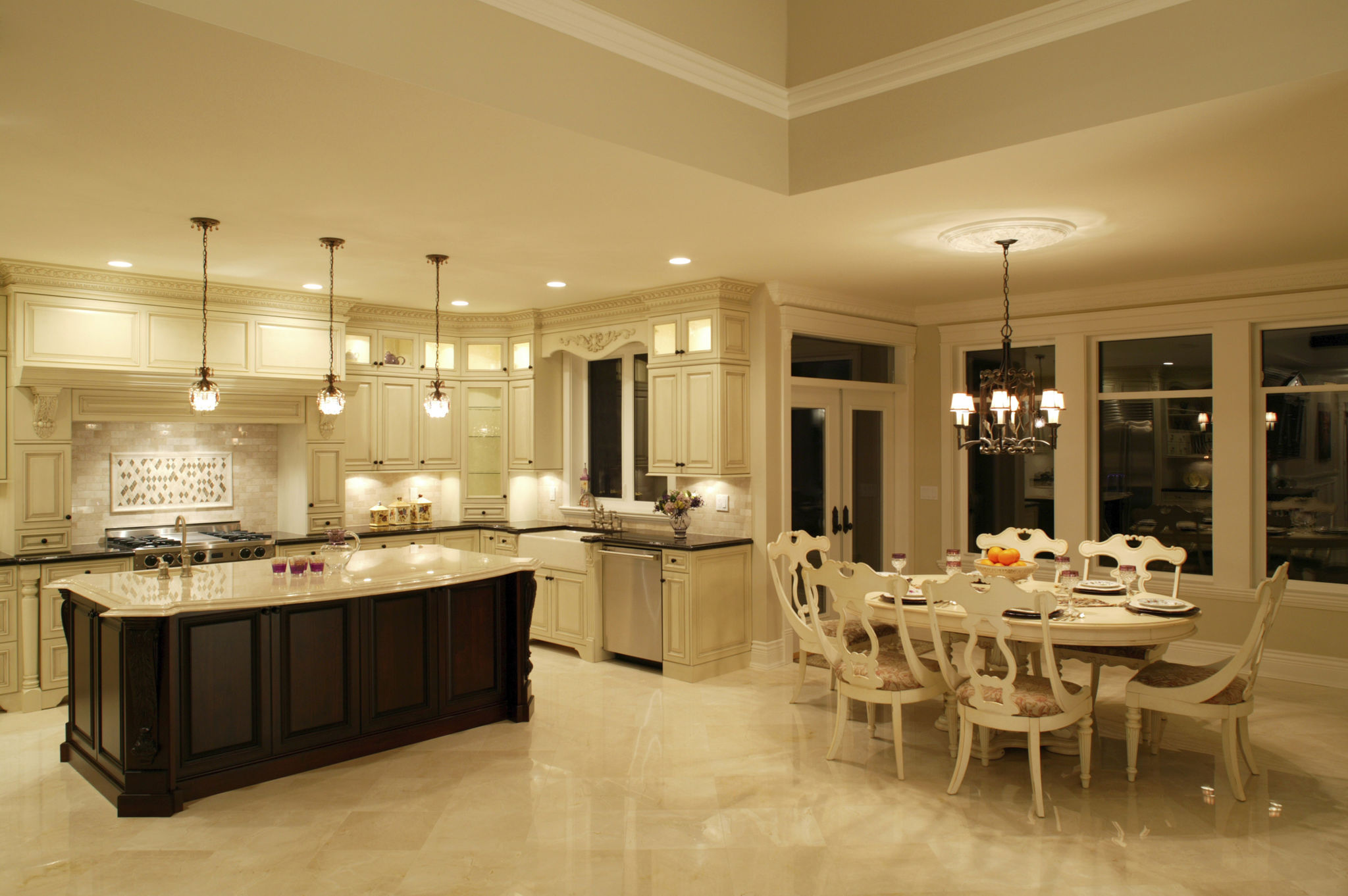The Ultimate Guide to Real Estate Photography: Capturing Homes That Sell
Understanding the Importance of Real Estate Photography
In the competitive world of real estate, first impressions are paramount. As potential buyers increasingly start their home search online, the quality of photos can make or break a sale. A well-crafted image can capture the essence of a property, highlighting its best features and creating an emotional connection with the viewer. This connection can translate into more showings and ultimately, more sales.

Essential Equipment for Real Estate Photography
To capture stunning real estate photos, investing in the right equipment is crucial. A good camera with a wide-angle lens is a must-have, as it allows you to capture entire rooms in one shot. Additionally, a sturdy tripod is essential for maintaining stability and achieving sharp images, especially in low-light conditions. Consider using a drone for aerial shots to provide unique perspectives that showcase the property's surroundings.
Other helpful tools include a flash for balanced lighting and photo editing software for post-processing. These tools can help correct exposure issues and enhance the overall look of your images.
Mastering Composition and Lighting
Perfecting composition and lighting is key to creating visually appealing real estate photos. Start by finding the best angles to showcase each room's unique features. Utilize the "rule of thirds" to create balanced and harmonious compositions. Ensure horizontal lines, such as those from tables or counters, are straight to maintain professional standards.

Lighting plays a pivotal role in real estate photography. Natural light is often the best choice, so shoot during the day when sunlight is abundant. Open curtains and blinds to let in as much light as possible. If natural light is insufficient, use artificial lighting to fill in shadows and brighten up spaces.
Staging and Preparing the Property
Proper staging can significantly enhance the appeal of a property. Begin by decluttering spaces to allow potential buyers to envision themselves living there. Remove personal items and depersonalize rooms to create a neutral environment. Consider adding fresh flowers or decorative elements for a touch of warmth.
- Clean all surfaces thoroughly.
- Rearrange furniture to highlight space.
- Ensure all lights are working and replace any burnt-out bulbs.
Editing and Post-Processing Techniques
Even with perfect shots, post-processing is an essential step in real estate photography. Use photo editing software to adjust brightness, contrast, and color balance. Correct any lens distortion or perspective issues that might have occurred during shooting. Remember to maintain a natural look; over-editing can detract from the authenticity of the property.

A final touch could include creating virtual tours or slideshows to provide an immersive experience for potential buyers. These tools can give them a comprehensive view of the property, even from afar.
Conclusion: Elevating Your Real Estate Listings
By mastering real estate photography, you'll not only capture homes that sell but also set yourself apart in a crowded market. From investing in quality equipment to perfecting staging and post-processing techniques, every step contributes to creating compelling images that resonate with buyers. Remember, a picture is worth a thousand words—and in real estate, it could be worth thousands of dollars.